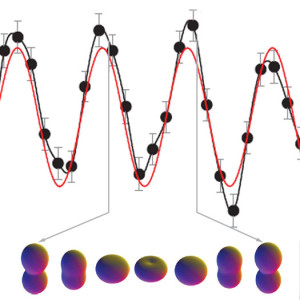Night-vision technology is expensive and not commonly accessible for most people today. A new material created from graphene may enable the researchers to create night-vision contact lenses.
At University of Michigan, a group of researchers is hardly working to achieve a new breakthrough with graphene. The group is lead by Zhaohui Zhong and the very focus of its research is to use graphene to create a very thin layer of material which makes night vision possible.
The team has had some success. The researchers used two layers of graphene, separated only by a layer of insulation. Normally, when light reaches graphene, very little of it is emitted. To make night vision possible, the material needs to emit a stronger signal after absorbing light.
This is finally possible with the new material created by Zhong and his fellow researchers. The new material, created by using dual graphene layers, is able to absorb a greater portion of infrared light and then emits a strong signal. This success is very significant because the night vision technology relies directly on portions of the infrared light.
Another major achievement of Zhong and his team is that they were able to make the new material work at room temperature. Previously, scientists needed to cool graphene below room temperature to get a stronger signal and that caused a lot of inconvenience. But with the new material, this is no longer a restriction.
The applications for an affordable, tiny layer of graphene that can offer night vision, are numerous. Such tech could, for instance, be used in contact lenses, camera lenses and even in smartphones. It can become a readily available tool to look clearly through a dark area.
Source: University of Michigan
[ttjad keyword=”kindle”]


![Read more about the article Finally Solar Dynamics Observatory [SDO] Launched Successfully By NASA After Significant Delay](https://thetechjournal.com/wp-content/uploads/2010/02/425405main_sdo-launch-425-2-300x247.jpg)
